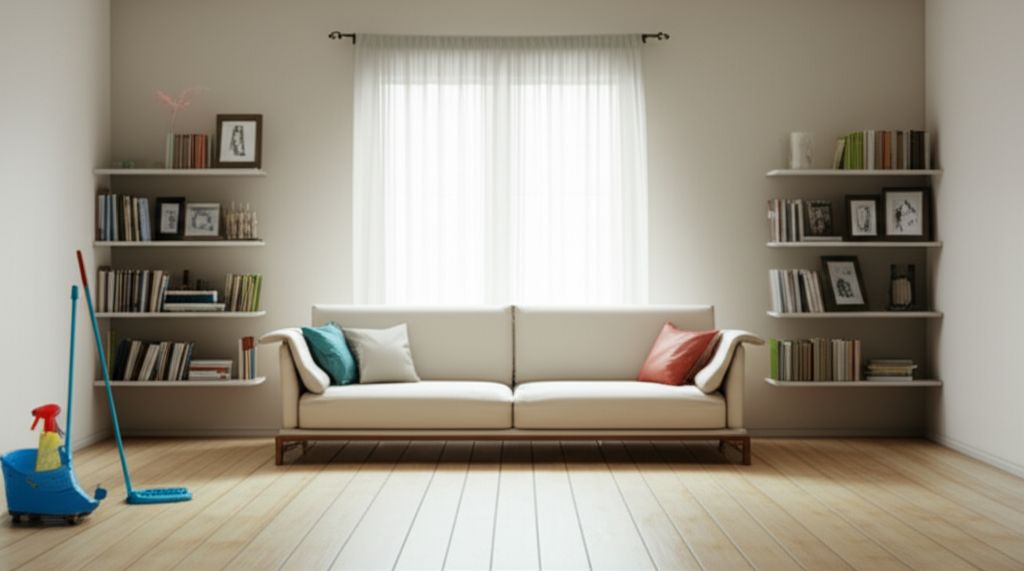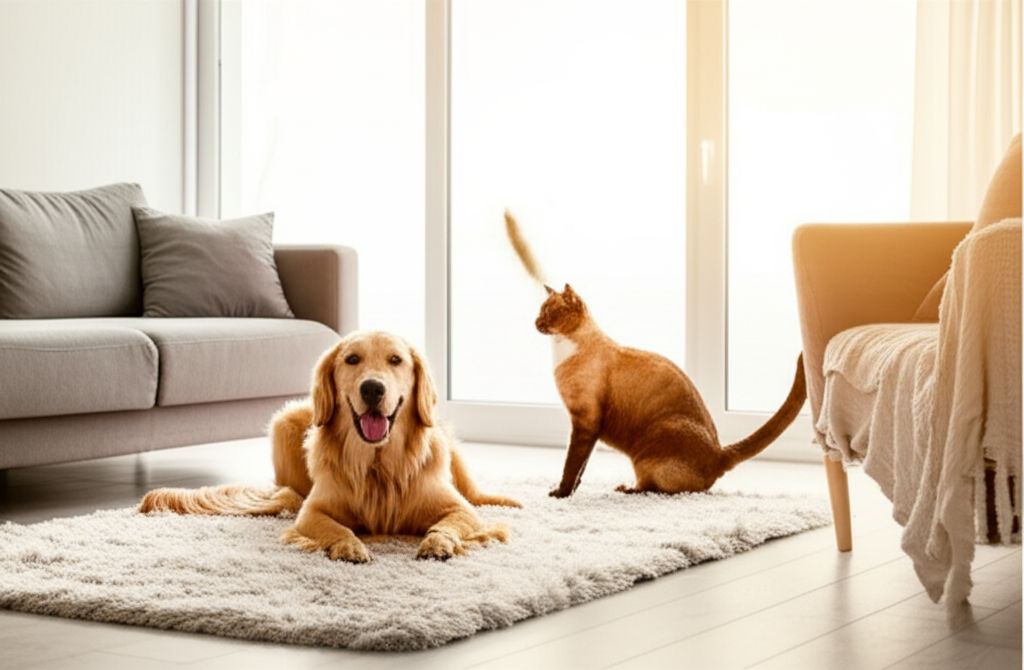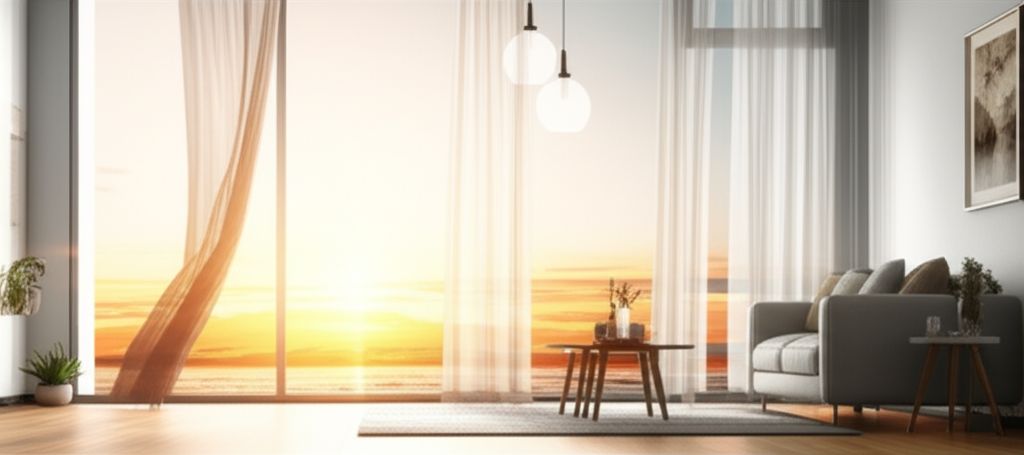In Fort Lauderdale's humid climate, mold and mildew are common household problems that can create unpleasant odors and potentially impact your health. While these fungi are often mentioned together, they are distinct problems with different characteristics, odors, and treatment approaches.
Understanding the Difference: Mold vs. Mildew
Before we discuss odor elimination, it's important to understand the differences between mold and mildew:
Mildew Characteristics
- Appearance: Typically appears as a flat, powdery or downy growth
- Color: Usually white, gray, or yellow
- Location: Commonly found on damp surfaces like bathroom walls, shower curtains, and windowsills
- Odor: Mild, musty smell often described as "damp laundry left too long"
- Severity: Generally considered a surface fungus that's easier to treat
Mold Characteristics
- Appearance: Fuzzy or slimy, often with a raised texture
- Color: Can be green, black, blue, red, or other colors
- Location: Can grow on any organic material, often penetrating beneath surfaces
- Odor: Strong, pungent, earthy smell often described as "rotting wood" or "damp soil"
- Severity: Can cause structural damage and potentially serious health issues
The South Florida Challenge
Fort Lauderdale's climate creates ideal conditions for mold and mildew growth:
- High humidity: Our average humidity levels often exceed 70%, creating perfect conditions for fungal growth
- Warm temperatures: Year-round warmth accelerates mold and mildew development
- Frequent rain: Increases moisture levels in homes, especially during hurricane season
- Air conditioning: Creates temperature differentials that can lead to condensation
Health Implications
Both mold and mildew can cause health issues, but mold is generally more concerning:
Mildew Health Effects
- Mild respiratory irritation
- Headaches
- Coughing
- Eye irritation
Mold Health Effects
- Severe respiratory issues
- Allergic reactions
- Chronic sinus infections
- Asthma attacks
- In severe cases, neurological problems
Important Note: If you suspect black mold (Stachybotrys chartarum) or have extensive mold growth, consult with a professional mold remediation service immediately. This article focuses primarily on odor elimination for minor to moderate cases.
Identifying Mold and Mildew by Smell
One of the first signs of mold or mildew is often the smell. Here's how to distinguish them:
Mildew Odor
Mildew produces a musty, slightly sweet smell that's often described as:
- Damp laundry left in the washing machine
- Old books
- Wet paper
Mold Odor
Mold typically has a stronger, more pungent odor that might be described as:
- Earthy, like soil or compost
- Rotting wood
- Damp, decaying leaves
- In severe cases, a strong, unpleasant smell that can permeate an entire home
DIY Solutions for Mildew Odor Removal
For minor mildew issues, these DIY approaches can be effective:
1. Vinegar Solution
- Mix equal parts white vinegar and water in a spray bottle
- Spray directly on mildew-affected surfaces
- Let sit for 1 hour
- Scrub with a brush and rinse
2. Baking Soda Paste
- Mix baking soda with enough water to form a paste
- Apply to affected areas
- Scrub gently and rinse
3. Hydrogen Peroxide
- Use 3% hydrogen peroxide in a spray bottle
- Spray on affected areas
- Let sit for 10 minutes
- Scrub and rinse
Addressing Mold Odors
For mold odors, the approach must be more comprehensive:
1. Identify and Fix Moisture Sources
Before addressing the odor, you must fix the underlying moisture problem:
- Repair leaky pipes, roofs, or windows
- Improve ventilation in bathrooms, kitchens, and laundry rooms
- Use dehumidifiers in problem areas
- Ensure proper drainage around your home's foundation
2. Remove Visible Mold
For small areas (less than 10 square feet):
- Wear protective gear (N95 mask, gloves, eye protection)
- Use a commercial mold cleaner or a bleach solution (1 cup bleach to 1 gallon water)
- Scrub affected surfaces
- Dispose of heavily contaminated materials (carpet, drywall) that cannot be cleaned
3. Address Hidden Mold
Mold often grows in hidden areas:
- Check inside walls, under carpets, and in crawl spaces
- Inspect HVAC systems and ductwork
- Look for water stains or discoloration on walls and ceilings
When to Call Professional Odor Removal Services
While DIY methods can address minor issues, professional services are recommended when:
- The affected area is larger than 10 square feet
- You can smell mold but cannot locate the source
- The odor persists after DIY treatment
- You have health concerns or respiratory conditions
- There has been significant water damage
- You suspect mold in your HVAC system
How Professional Odor Removal Works for Mold and Mildew Smells
Professional odor removal services like NoMoreOdors.com use specialized techniques:
1. Comprehensive Assessment
Professionals will conduct a thorough inspection to identify all sources of mold and mildew, including hidden areas.
2. Advanced Odor Elimination
Using specialized equipment and techniques such as:
- Ozone Treatment: Breaks down odor molecules at their source
- Non-Toxic Fogging: Reaches areas that manual cleaning can't access
- HEPA Air Filtration: Removes airborne spores and odor particles
3. Preventative Recommendations
Professional services will provide guidance on preventing future mold and mildew growth, tailored to Fort Lauderdale's climate.
Preventing Mold and Mildew Odors in South Florida
Prevention is always easier than remediation. Here are strategies specifically for our humid climate:
- Maintain indoor humidity below 60%: Use dehumidifiers in problem areas
- Improve ventilation: Use exhaust fans in bathrooms and kitchens
- Regular AC maintenance: Have your system checked for proper drainage and clean filters monthly
- Seal leaks promptly: Address any water intrusion immediately
- Use mold-resistant products: When renovating, choose mold-resistant drywall, paint, and building materials
- Regular inspections: Check problem areas frequently, especially during rainy season
Conclusion
Understanding the difference between mold and mildew odors is the first step in effectively addressing these common South Florida problems. While minor issues can often be handled with DIY methods, persistent or extensive odors require professional intervention.
At NoMoreOdors.com, we specialize in eliminating mold and mildew odors completely, using our advanced one-treatment process that's typically completed within 24 hours (total treatment time). Our approach not only eliminates current odors but helps prevent their return. Contact us today for a free consultation and breathe easier in your Fort Lauderdale home or business.




